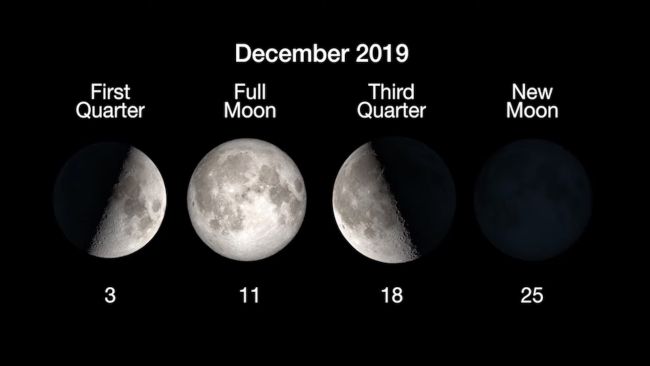Crescent Moon and Mars to Pair Up in the Sky Early Sunday
On Dec. 22, the moon and Mars will rise above the horizon about 3 hours before the sun comes up on the U.S. East Coast.

Although it isn't Santa Claus, something red will shine in the night sky under the moon just days before Christmas.
On Dec. 22, skygazers looking toward the constellation Libra before sunrise will find the planet Mars sitting in the sky just below the crescent moon. These two jewels of the night sky will be only about 3 degrees apart, in what is known as a conjunction.
Their closest apparent approach will occur when both celestial objects are below the horizon, at 8:49 p.m. EST (0149 GMT on Dec. 23). But they'll still appear near each other when they rise at about 4:15 a.m. East Coast local time, according to In-The-Sky.org.
Related: Amazing Moon Photos from NASA's Lunar Reconnaissance Orbiter
The moon and Mars will rise above the horizon about 3 hours before the sun comes up, reaching an altitude of 23 degrees above the southeastern horizon. They'll fade from view as dawn approaches at around 7 a.m. EST, according to the website.
By Monday (Dec. 23), the pair will still be visible but the waning crescent moon will have moved below Mars, according to a video published by NASA's Jet Propulsion Laboratory.

The crescent will vanish soon thereafter, when the moon enters its new phase on Christmas Day (Dec. 25).
Breaking space news, the latest updates on rocket launches, skywatching events and more!
This pair is best viewed with the naked eye or through a pair of binoculars, because these celestial objects are too far apart in the sky to simultaneously appear in the viewfinder of a telescope.
- Curious Kids: Why Is the Moon Called the Moon?
- Who Owns the Moon?
- The Top 10 Skywatching Events to Look for in 2020
Follow Doris Elin Urrutia on Twitter @salazar_elin. Follow us on Twitter @Spacedotcom and on Facebook.


Doris is a science journalist and Space.com contributor. She received a B.A. in Sociology and Communications at Fordham University in New York City. Her first work was published in collaboration with London Mining Network, where her love of science writing was born. Her passion for astronomy started as a kid when she helped her sister build a model solar system in the Bronx. She got her first shot at astronomy writing as a Space.com editorial intern and continues to write about all things cosmic for the website. Doris has also written about microscopic plant life for Scientific American’s website and about whale calls for their print magazine. She has also written about ancient humans for Inverse, with stories ranging from how to recreate Pompeii’s cuisine to how to map the Polynesian expansion through genomics. She currently shares her home with two rabbits. Follow her on twitter at @salazar_elin.
